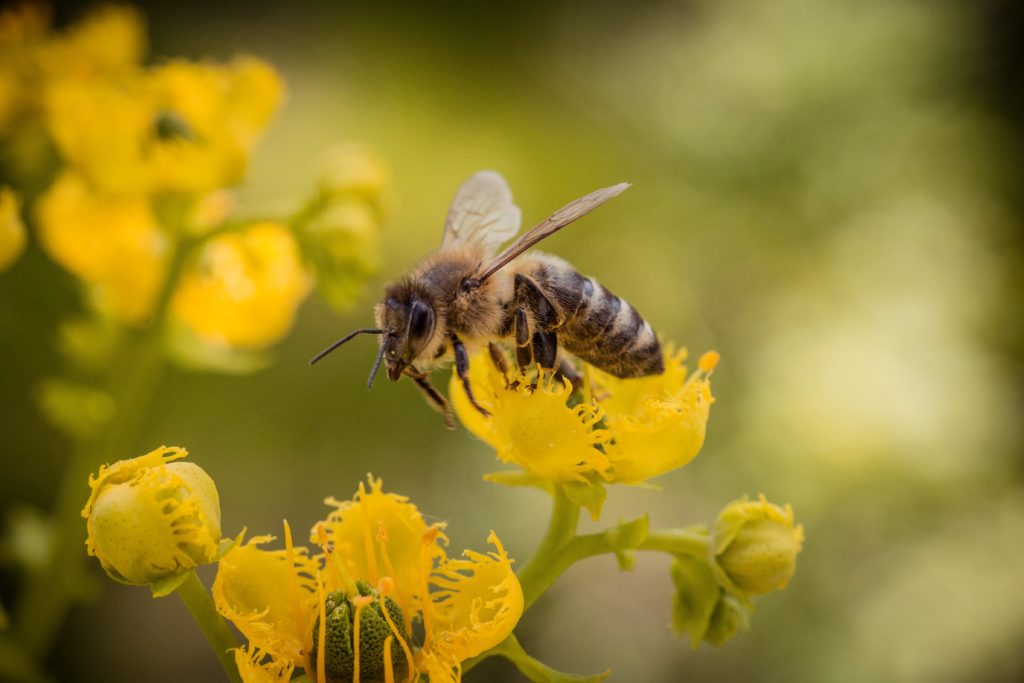Bees are a common nuisance for homeowners throughout Maricopa County, AZ. Most of the bees throughout this area are Africanized honey bees, but you might know them best as killer bees. Not only are these bees aggressive and protective of their hives, but they also have a powerful sting. If you or a loved one has a bee allergy, then give Wagner Pest Solutions a call! We’ll take care of your bee infestation quickly and efficiently. In the meantime, here are several commonly asked questions about killer bees.

1. Where did the Africanized honey bee come from?
In the 1950s, a scientist by the name of Warwick Kerr decided he was going to interbreed European honey bees with bees from southern Africa. In his Brazilian lab, Kerr created a species of bee that was hardy, could produce more honey, and could live in tropical climates. However, the new species also turned out to be somewhat aggressive. In 1957, 26 swarms were accidentally released from Kerr’s hives. These bees went off on their own, establishing new colonies, breeding, and moving north into Mexico and the United States.
2. Why are these bees dangerous?
Many people assume that the Africanized honey bee is dangerous because of its toxic venom. While it’s true that the poison a killer bee injects is painful, a single sting from this bee is not likely to cause anything more than discomfort. What gives this bee the reputation for being a killer is it’s behavior when agitated. Africanized bees put out a chemical SOS that notifies and signals an attack to the rest of the hive. The bees then swarm around the potential threat in tremendous numbers, all stinging at once. Hundreds or even thousands of bees work together to neutralize the threat, which means a person can be stung to death by these bees.
3. What do Africanized honey bees look like?
At first glance, Africanized honey bees look a lot like the docile, less hostile European honey bee. Many people assume they’re just dealing with the honey bees we all know and love – until it’s too late. Most likely, many people don’t even realize they’re dealing with a hive of killer bees until they notice the aggressive behavior. Still, if you get the chance to see these bees under a microscope, you’ll notice that they are much smaller than their European ancestors and tend to be a bit darker in color. But, we don’t recommend you get too close to a live beehive to find out for sure!
Time for backup!
The Africanized honey bee is common throughout Phoenix, AZ, which is why residents call the experts at Wagner Pest Solutions. Our team has the trained eyes necessary to quickly identify any beehive and the type of bee. Killer bees require specialized removal, and it’s best you don’t attempt this on your own. When you need fast, reliable bee, rodent, or spider extermination, request our services online or call us at (623) 466-6752.
